Sheldon Goldberg has spent over two decades shaping the future of pro wrestling, booking stars like John Cena, Mercedes Moné (formerly known as Sasha Banks), and Finn Bálor before they became household names. Now, the visionary behind New England Championship Wrestling is making waves in a new arena – fiction. His debut novel, The Last Fall, is earning praise as a gripping dive into the gritty world he knows best.
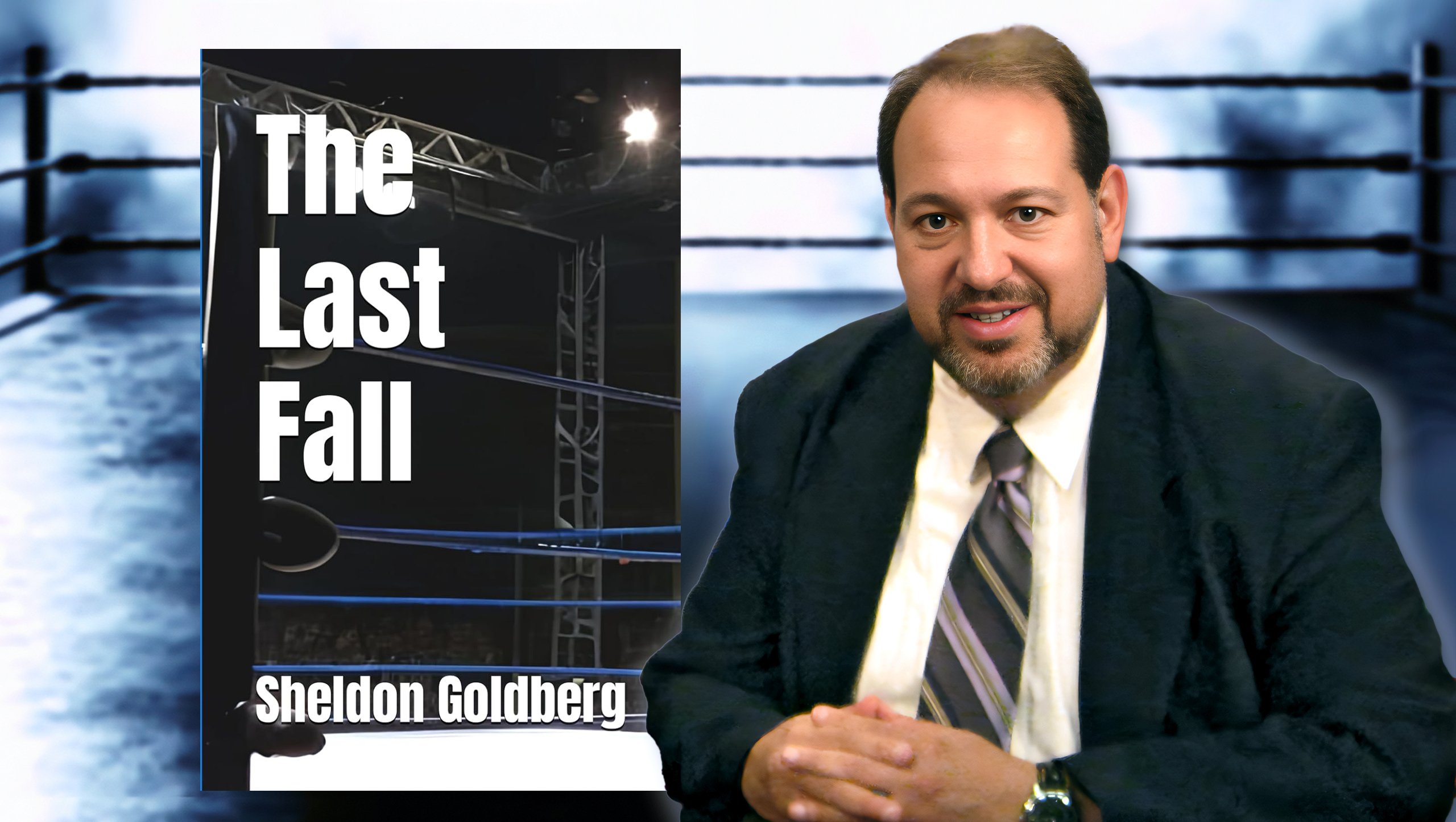
Quick Tip for Facebook Readers
Many of our readers connect with our content through our Facebook page. However, Meta's built-in browser (which opens by default on mobile) occasionally freezes mid-article- a known issue unrelated to our site. To enjoy uninterrupted reading: Tap the three dots in the top right corner → Select 'Open in external browser.' This will resolve the glitch. Thanks for your support. We want your wrestling stories to stay as smooth as a top-rope hurricanrana!
A Troubled Protagonist
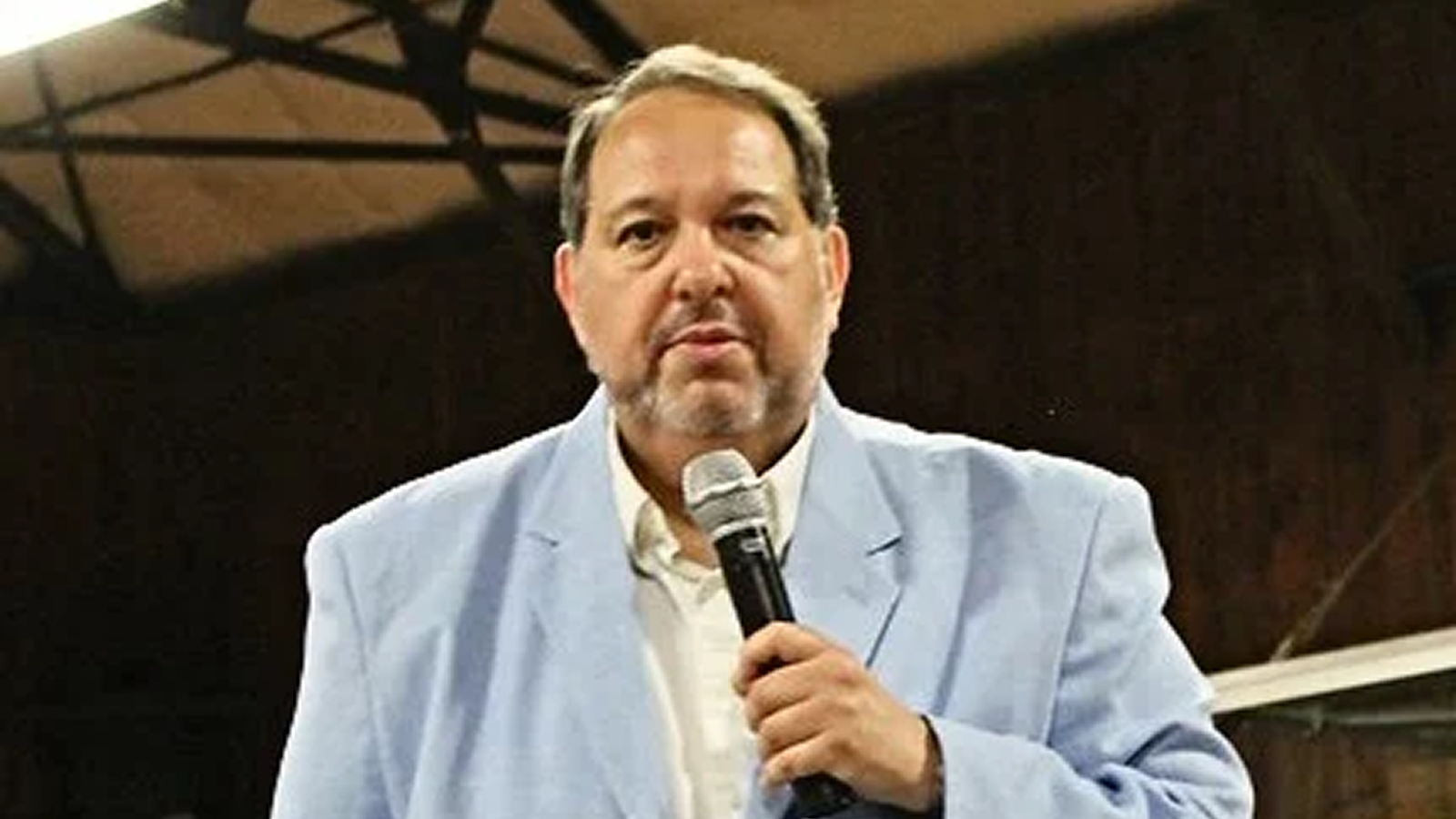
Sheldon Goldberg’s The Last Fall is a raw, emotionally charged character study of a man shaped by both the squared circle and the scars of his upbringing.
From the gritty world of kayfabe to the dawn of the digital age, the story pulls readers behind the curtain of professional wrestling while never losing sight of its troubled central figure.
In an interview with Fifty Plus Advocate, Sheldon Goldberg revealed what he sought to accomplish with the book we are about to discuss.
"Most people who write wrestling books write biographies or histories. Being the contrarian that I am, I wanted to write a fictional story that really did the business of pro wrestling justice.”
At its heart is Rick Pacheco of Harrisburg, Pennsylvania, a name that becomes legendary in the ring, but at great personal cost. The novel traces his life from his accidental brush with wrestling as an 11-year-old boy in 1971 through to the end of his in-ring career in 1999. In between, readers are taken on a journey filled with triumphs and heartbreak, addiction and ambition, betrayal and redemption. Rick’s life is a whirlwind of arenas and afterparties, locker room politics and broken relationships, framed against the backdrop of an industry evolving around him.
Goldberg opens the novel with an unflinching look at Rick’s early childhood, grounding the story in an environment marked by dysfunction and abuse. The very first paragraph is stark, confessional, and gripping, immediately establishing the emotional depth and seriousness of the book:
“I was born Richard Allen Pacheco, Junior, on September 5, 1960, to Richard and Betty Pacheco in Wilmington, Delaware, but I don’t like reliving that part of my life. My dad was a drunk and a womanizer, and my memories of life in Wilmington included lots of yelling, screaming, throwing things, my mom crying almost every night, and me being scared of it all…”
What follows is a brutally honest depiction of a childhood marked by fear, instability, and abandonment. Rick’s father is portrayed as violent and emotionally distant, while his mother, though loving, is trapped in a cycle of suffering. These early chapters help explain not only Rick’s deep yearning for belonging and control but also the demons that follow him into adulthood.
Through Rick’s eyes, The Last Fall explores the duality of pro wrestling – how it offers both an escape and a prison. The pageantry and physicality give Rick purpose, but the business also exploits his vulnerabilities. Goldberg doesn’t shy away from showing the cost of the spotlight, revealing a world where loyalty is fleeting and fame offers no guarantee of healing.
In a Wrestling Talk interview, Goldberg reflected on his inspiration.
"I wanted to capture the behind-the-scenes truth of pro wrestling—how the psychology, the pain, the brotherhood, and the culture all intertwined, from territorial gyms to neon lights and big-city arenas."
Ultimately, The Last Fall is a story about survival. It’s about the power of storytelling and the struggle to write your own ending when the odds are stacked against you. It may be a wrestling novel on the surface, but beneath the bodyslams and promos lies something much more profound: a heartbreaking portrait of a man fighting to reclaim his humanity.
From Student to Star: The Rise of Rick Peterson
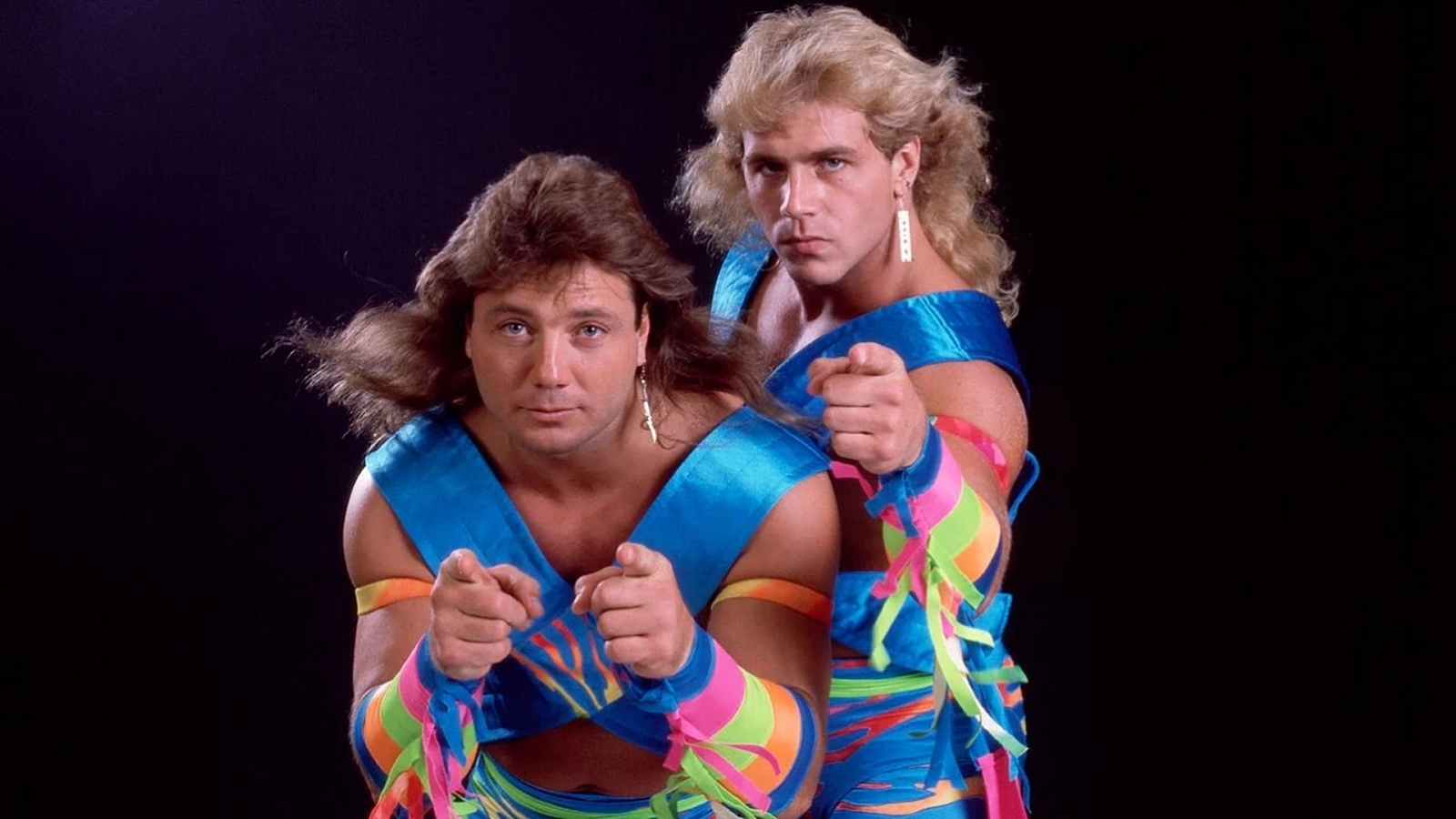
One of the emotional anchors in The Last Fall is Rick’s formative bond with Sailor Sullivan, a grizzled, no-nonsense veteran of the old-school wrestling scene. Clearly inspired by real-life legends like Killer Kowalski, Sullivan is portrayed as a mentor with a heart beneath his hardened exterior, a retired bruiser who runs a modest gym, trains hopefuls, and books small indie shows for love of the business rather than profit.
For a teenage Rick, Sailor becomes the first real father figure he’s ever had. Their relationship is built on respect, discipline, and a shared passion for wrestling’s craft. Through Sullivan, Rick doesn’t just learn how to bump and sell. He learns what it means to live the wrestling life, with all its sacrifices and code of honor. Their scenes together provide some of the novel’s most heartfelt moments, grounding Rick’s chaotic journey in something stable and real.
With time, Rick evolves into the in-ring persona of Rick Peterson, a charismatic high-flyer with the looks, energy, and fire to make it big. He soon teams up with the fresh-faced Pete Petrocelli, and together they form The Jam, a babyface tag team reminiscent of the Rock & Roll Express or The Rockers. With matching gear, synchronized moves, and undeniable chemistry, they’re an instant hit with fans and a favorite on the indie circuit.
But fame in pro wrestling comes at a cost, especially during the wilder days of the territory system. As The Jam tours from one promotion to another, Rick and Pete are exposed to the seedy underbelly of the business: the late nights, the hard partying, the temptations backstage and on the road. They live fast and wrestle harder, soaking up a “sex, drugs, and rock & roll” lifestyle that mirrors the era’s excess and volatility.
Inevitably, tragedy strikes as it so often does in wrestling, where careers can vanish with a bad landing and lives can spiral out of control. Without spoiling too much, The Last Fall doesn’t romanticize this downfall. It treats the emotional toll with honesty, showing how personal demons and industry exploitation can derail even the most promising talent.
This chapter of Rick’s life marks a pivotal turning point: the blurring of performance and reality, the pain behind the pop, and the heavy price paid for chasing a spotlight that never stays fixed for long.
Real and Fictional Characters Blur
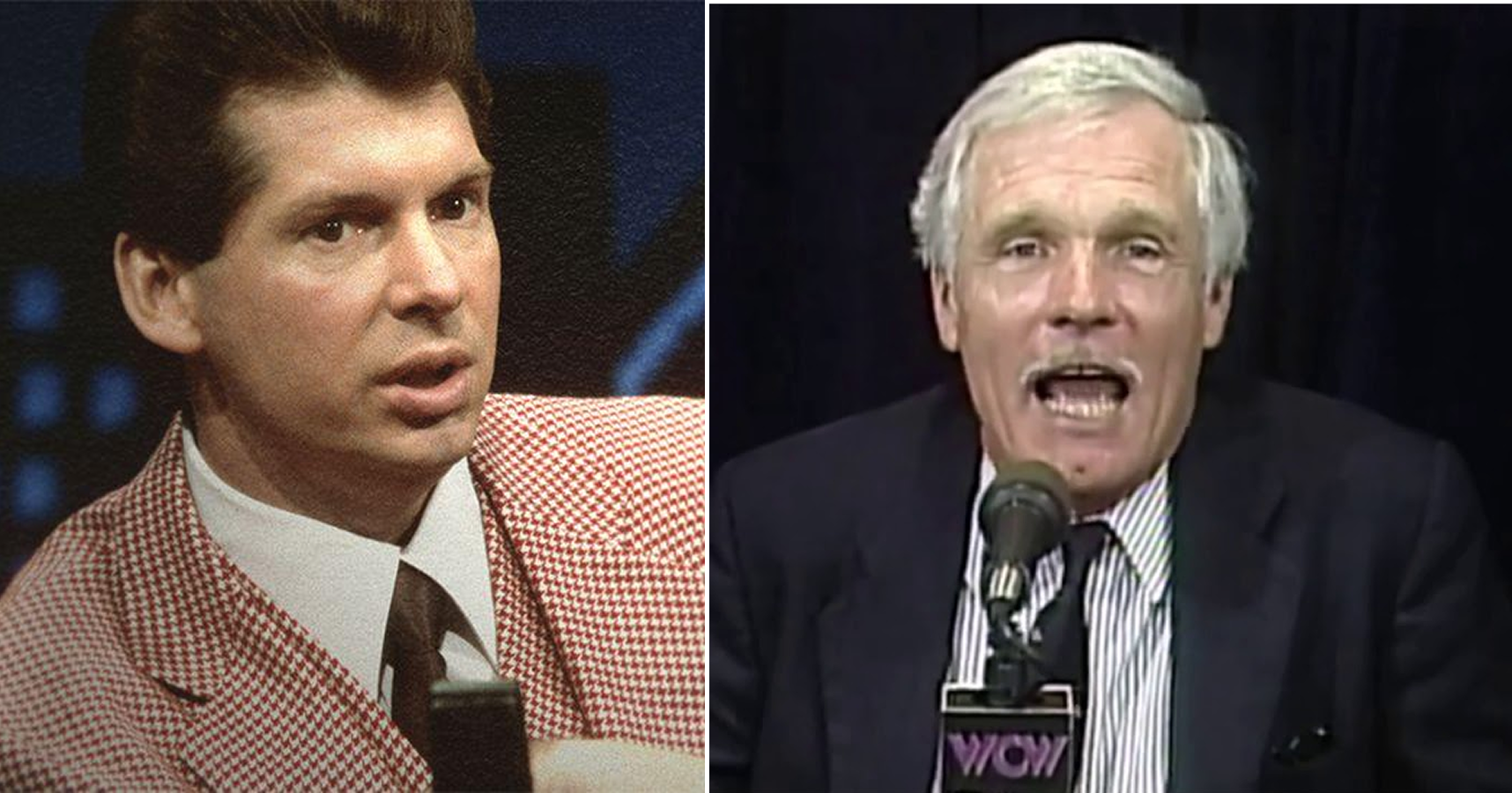
One of the most enjoyable aspects of The Last Fall is how it seamlessly blurs the line between fiction and reality, creating a world that feels both authentic and eerily familiar. For longtime wrestling fans, it’s a rewarding read filled with Easter eggs, cleverly disguised industry legends, and insider storytelling that makes you feel like you’re backstage with the boys.
Familiar names are reimagined with thin veils: American Championship Wrestling mirrors WCW in both scope and style, while the All-American Network bears a striking resemblance to the USA Network. These settings serve as the battlegrounds for larger-than-life executives, such as those modeled closely after Ted Turner and Vince McMahon, who wheel and deal with an iron grip. You’re granted a rare peek into the power plays, media negotiations, and ruthless decision-making that shaped the wrestling landscape of the late 20th century.
Pat McDougal is a standout among the fictionalized characters. McDougal is a wise, old-school promoter in the mold of Vince McMahon Sr., with a touch of Don Corleone’s quiet authority. He’s dignified and respected, the kind of man who commands loyalty and fear in equal measure. McDougal represents the last gasp of the territorial days, a symbol of tradition being overtaken by corporate consolidation and television money.
Then there’s Ralphie Ginzburg, a colorful media insider clearly inspired by wrestling magazine icons like Bill Apter and George Napolitano. Ralphie isn’t a wrestler, but his presence is felt throughout the industry. As a rare civilian granted access to the locker room’s inner sanctum, he becomes a crucial observer and chronicler of wrestling’s golden and gray eras. He’s a reminder of how certain storytellers, while not in the ring themselves, played a vital role in shaping the mythos of professional wrestling.
Part of the novel’s charm is in the guessing game it invites. Readers who grew up on the territories and the Monday Night Wars will have fun identifying which characters are inspired by real-life figures. The book rewards that kind of wrestling literacy without making it a requirement.
Adding to the sense of realism, Sheldon Goldberg peppers the narrative with actual names from wrestling history. Legends like George "The Animal" Steele, The Fabulous Moolah, and Johnny Rodz appear organically within the story, grounding the fictional elements in a recognizable timeline. These references don’t just name-drop for the sake of nostalgia. They reinforce the credibility of the world Goldberg has created, where fact and fiction intersect to powerful effect.
In The Last Fall, the blurred boundary between reality and make-believe is a reflection of the wrestling world itself, where personas are often more real than the people behind them, and the truth is always somewhere between the promo and the shoot.
It All Rings True
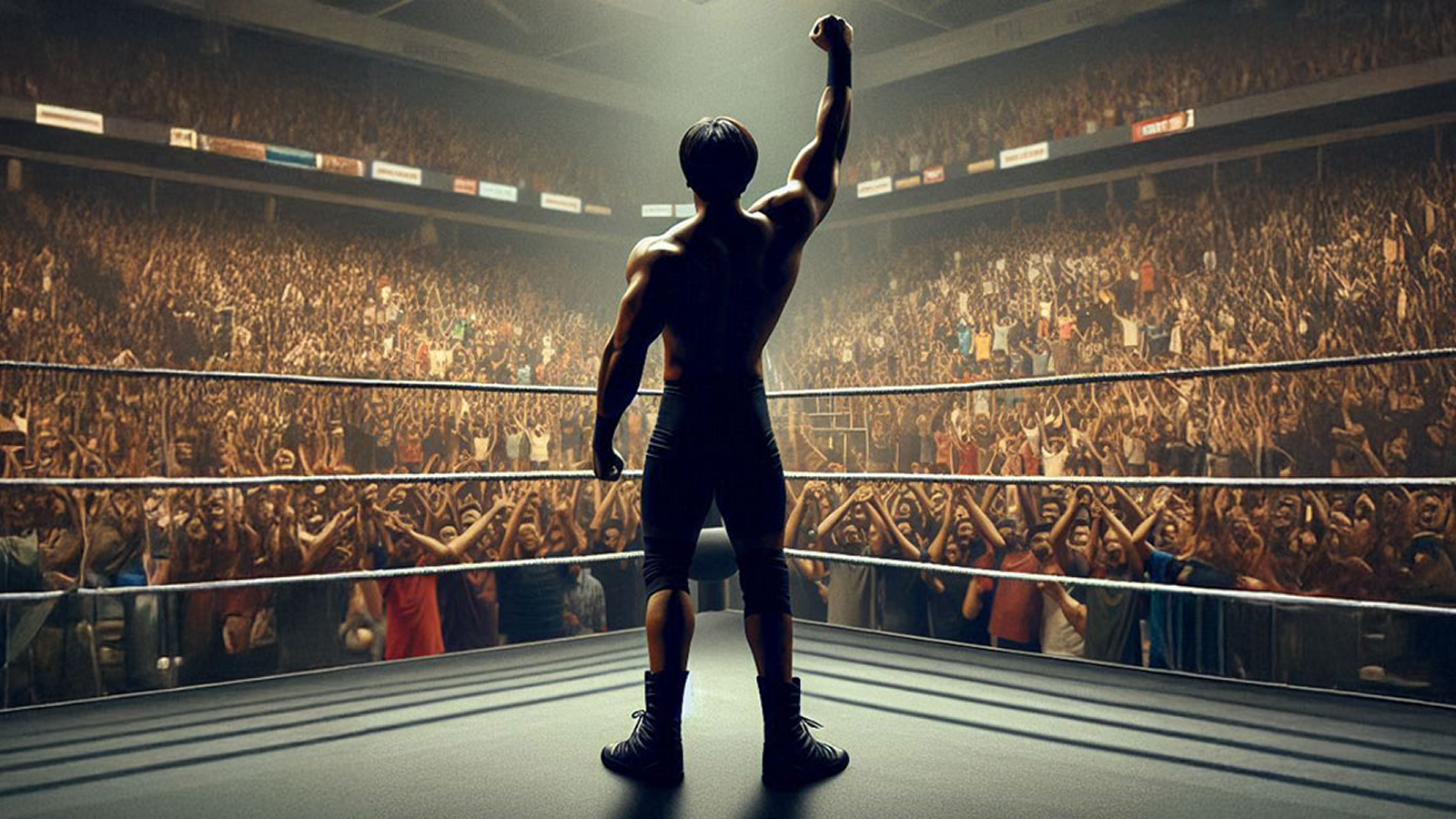
What sets The Last Fall apart from many fictional wrestling tales is its unmistakable authenticity. Sheldon Goldberg doesn’t just write about the wrestling world. He’s lived it. The constant grind, the toll it takes on the body and soul, and the emotional highs and lows of life on the road are all portrayed with gritty, lived-in detail. Goldberg’s characters endure the long drives between towns, work through injuries, and wrestle through personal crises. Every bump and bruise, both physical and emotional, feels earned and believable.
One of the most immersive aspects of the novel is how it pulls readers into the ring. Goldberg masterfully explores the psychology of a wrestling match: the storytelling, the pacing, the subtle in-ring communication between opponents. You feel it, moment by moment, as if you’re part of the locker room, strategizing the finish or calling the spots on the fly. For fans and novices alike, it offers a rare glimpse into what it means to "work" a match beyond just the spectacle.
This inside perspective brings a sense of reverence to the craft of wrestling that’s often overlooked in pop culture. Sheldon Goldberg treats the profession not as a circus act, but as a complex, collaborative art form and one that demands physical endurance, emotional intelligence, and mental toughness. That reverence is contagious. As a reader, you become invested not only in Rick’s journey but in the world he sacrifices so much for.
In a Threads post, Goldberg reflected on how The Last Fall has been received in the business.
"When people in the business praise your book, it’s the ultimate compliment. It’s not just fiction – it’s a love letter to the wrestling life I’ve lived."
Let’s Not Forget the Female Characters
While The Last Fall could have easily fallen into the trap of portraying women as mere bystanders or groupies in a male-dominated world, Goldberg takes a more thoughtful and refreshingly nuanced approach. Yes, the novel acknowledges the backstage culture and temptations that have long surrounded pro wrestling, but it refuses to let those clichés define the female characters.
Instead, the women in Rick’s life are multifaceted, powerful, and essential to the story’s emotional weight. One of the standout characters is Lonnie, a charismatic and complex woman who straddles two worlds as both an actress and a wrestler. Far from being just a love interest or narrative device, Lonnie is written with depth and agency. She challenges Rick, supports him, and occasionally confronts him with hard truths he’d rather avoid. She has ambitions of her own and isn’t afraid to demand respect in a world that often marginalizes women.
Throughout the novel, Goldberg introduces other women who are more than just background players. Whether it’s fellow wrestlers, partners, or fans, each one serves to enrich the story’s emotional fabric. Their relationships with the male characters reveal vulnerabilities, histories, and motivations that elevate the novel beyond a typical "rise and fall" wrestling story.
By choosing not to lean into the tropes of ring rats and romanticized chaos, Goldberg brings maturity and realism to his portrayal of the wrestling world. The women in The Last Fall are integral to the heart of the narrative. In doing so, the novel doesn’t just reflect wrestling’s past; it challenges some of its stereotypes and adds a layer of emotional intelligence often missing in stories from this realm.
That Last Run
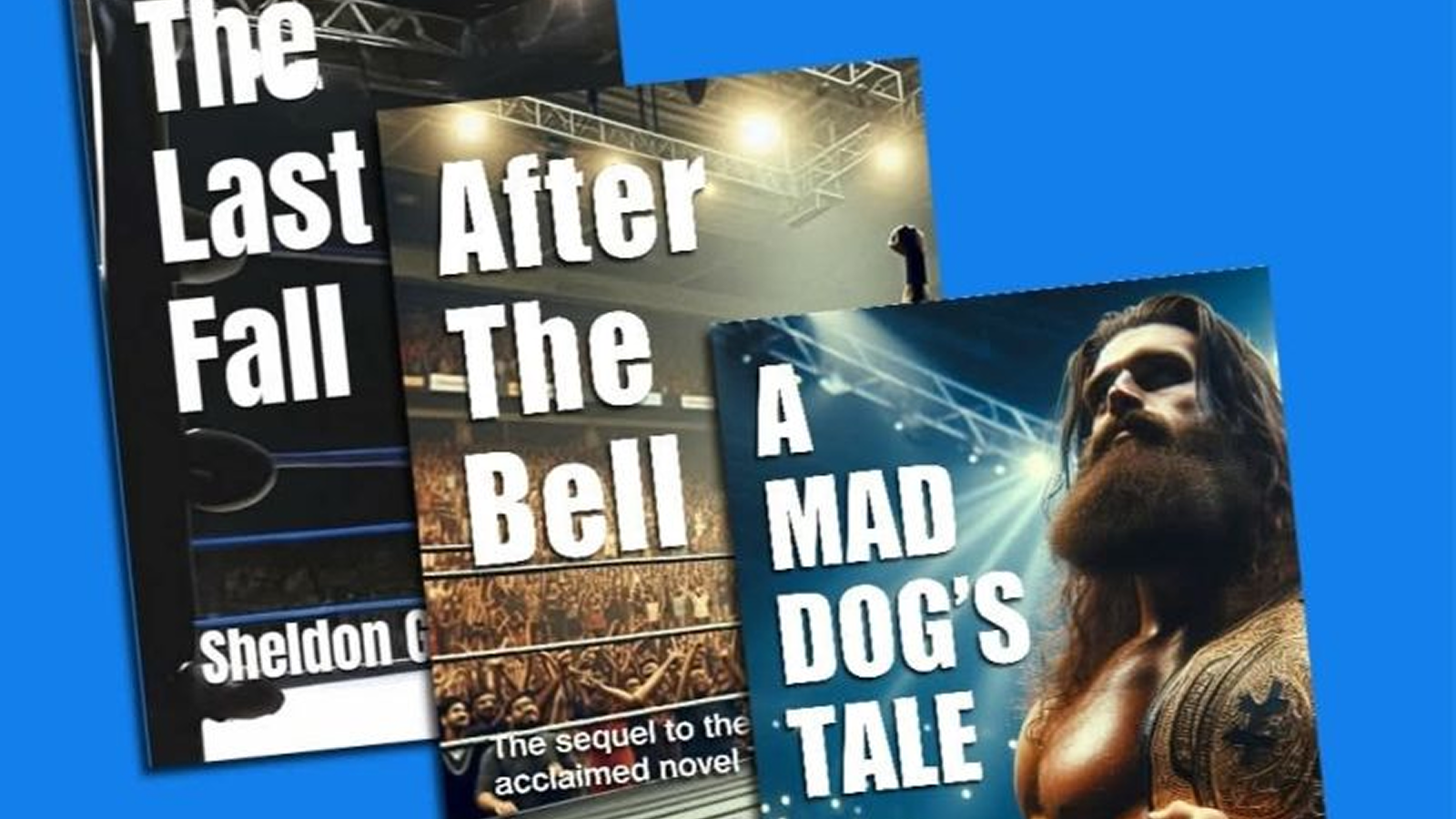
So, what does The Last Fall really mean?
On one level, it’s symbolic, as in the final defeat, the inevitable decline that every wrestler eventually faces. But within the story, the title has a very literal manifestation. It refers to a remote, struggling promotion tucked away in the isolated expanse of the Dakotas, a place called Great Western Wrestling. It’s a forgotten territory where crowds are small, sold shows are staged in high school gyms and fairgrounds, and big-city glitz is replaced by small-town grit. For aging wrestlers who once headlined packed arenas and national television specials, this is where the curtain quietly begins to fall.
Great Western Wrestling becomes a kind of purgatory, a final proving ground, or perhaps a refuge, depending on who’s looking at it. For some, it’s a humbling fall from grace. For others, it’s a last-ditch attempt to chase the high one more time before the body gives out or the bookings stop coming. Goldberg paints this chapter of the novel with poignant realism, highlighting the loneliness, the diminished stardom, and the emotional conflict of veterans who can’t – or won’t – let go.
It’s in this backdrop that Rick faces his own reckoning, both as a performer and as a man. His "last fall" is about legacy, identity, and the painful process of saying goodbye to a life that defined him.
A Creative Spurt Produces a Winner
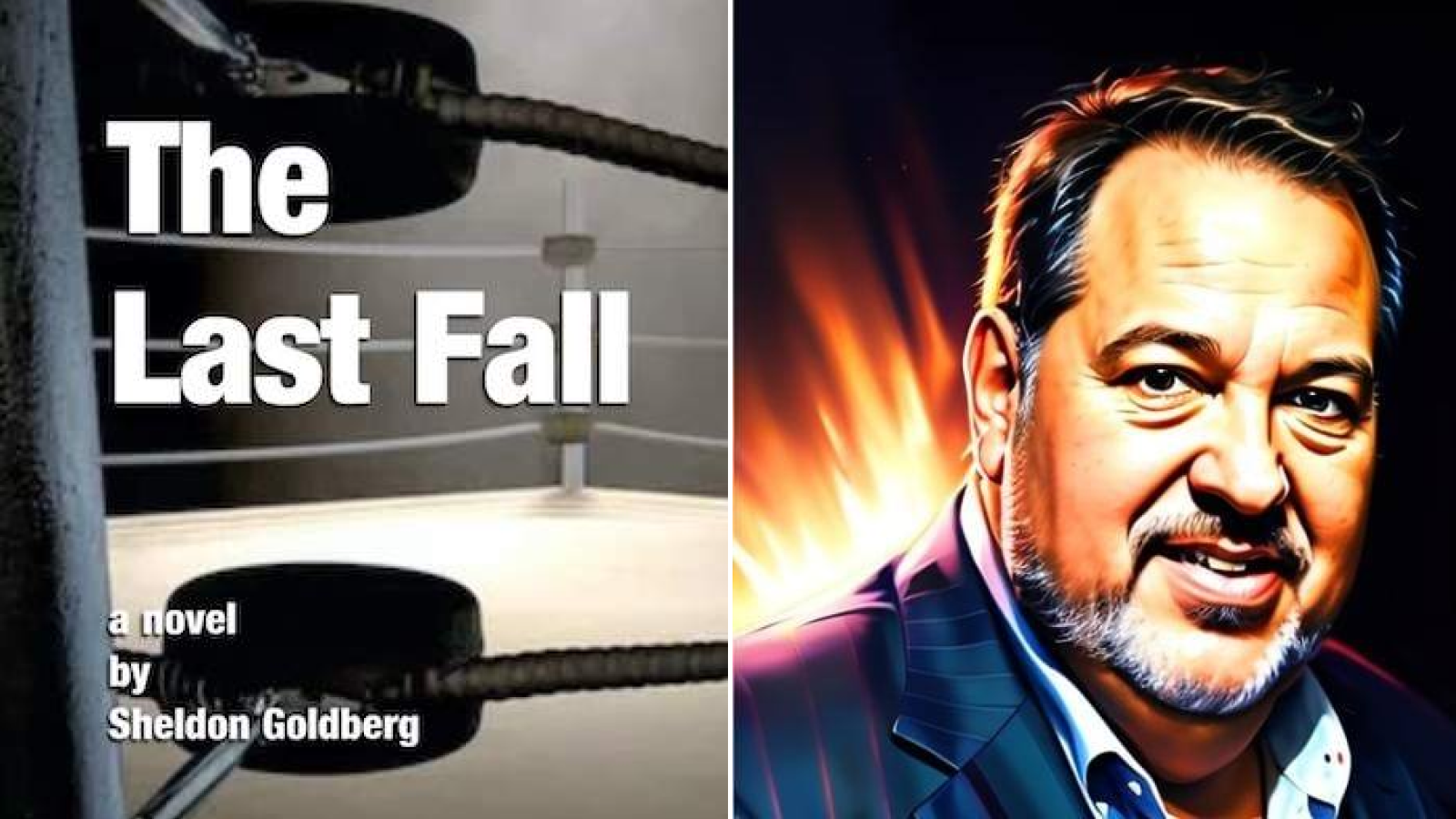
Perhaps what’s most remarkable about The Last Fall is how quickly it came together. In a burst of inspiration, Sheldon Goldberg wrote the novel over the course of just three weeks, then edited it into its final form within two months. That’s an extraordinary creative sprint for a book of such emotional depth and layered storytelling.
And yet, speed doesn’t equate to sloppiness here. On the contrary, The Last Fall is more polished and resonant than many novels that languish in development for years. Its pacing is taut, its characters well-drawn, and its themes – fame, loss, redemption – handled with grace and grit. Goldberg’s decades in the wrestling world clearly informed every page, and it shows in the confidence of the writing.
The result is a novel that’s compelling, heartbreaking, and honest without ever dipping into sentimentality. It’s a powerful read, whether or not you know the difference between a headlock and a heel turn. At its core, The Last Fall is about chasing dreams, facing demons, and making peace with the past.
Bravo to Sheldon Goldberg, a lifelong devotee of professional wrestling, for crafting a story that feels like a love letter to the industry, blemishes and all. The Last Fall isn’t just a novel. It’s a fitting capstone to a life spent inside the ropes.
Ordering Information
The Last Fall by Sheldon Goldberg. Self-published, 245 pp., $16.99 (softcover), $9.99 (Kindle)
The Last Fall is published through Amazon.
Autographed copies are available at Necw.tv/events.
These stories may also interest you:
- 10 Wrestling Book Must-Reads (and 5 You Should Skip!)
- Inside Evan Ginzburg’s Wrestling Rings, Blackboards & Movie Sets
- Living The Gimmick – A Wild Novel About the Dark Side of Wrestling
Can’t get enough pro wrestling history in your life? Sign up to unlock ten pro wrestling stories curated uniquely for YOU, plus subscriber-exclusive content. A special gift from us awaits after signing up!
Want More? Choose another story!
Be sure to follow us on Facebook, X/Twitter, Instagram, Threads, YouTube, TikTok, and Flipboard!
Pro Wrestling Stories is committed to accurate, unbiased wrestling content rigorously fact-checked and verified by our team of researchers and editors. Any inaccuracies are quickly corrected, with updates timestamped in the article's byline header.
Got a correction, tip, or story idea for Pro Wrestling Stories? Contact us! Learn about our editorial standards here. Ever wanted to learn more about the people behind Pro Wrestling Stories? Meet our team of authors!
ProWrestlingStories.com participates in affiliate marketing programs. This post may contain affiliate links, meaning we may earn commissions at no extra cost to our readers. This supports our mission to deliver free content for you to enjoy!

"Evan Ginzburg’s stories are a love letter to wrestling, filled with heart, humor, and history. A must-read for any true fan." — Keith Elliot Greenberg
Wrestling Rings, Blackboards, and Movie Sets is the latest book from Pro Wrestling Stories Senior Editor Evan Ginzburg. 100 unforgettable stories—from sharing a flight on 9/11 with a WWE Hall of Famer to untold moments in wrestling history. A page-turner for fans of the ring and beyond. Grab your copy today! For signed editions, click here.












